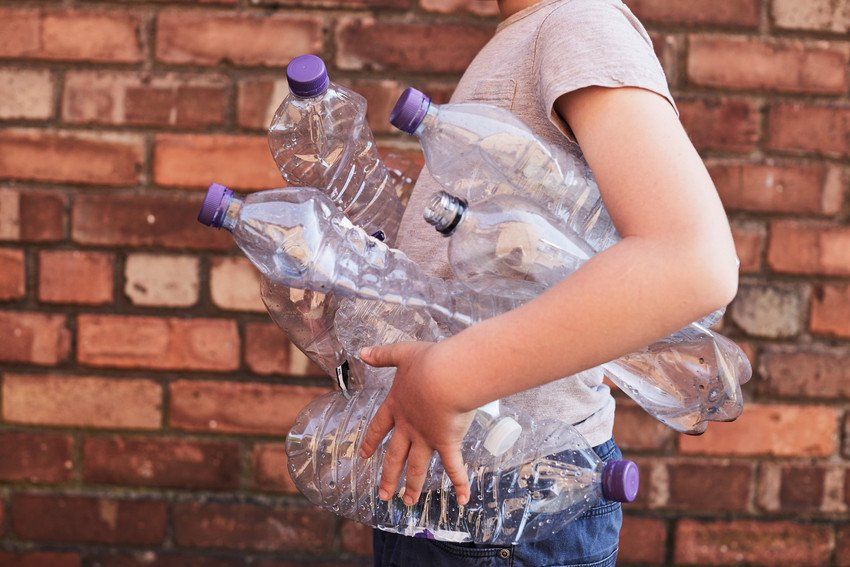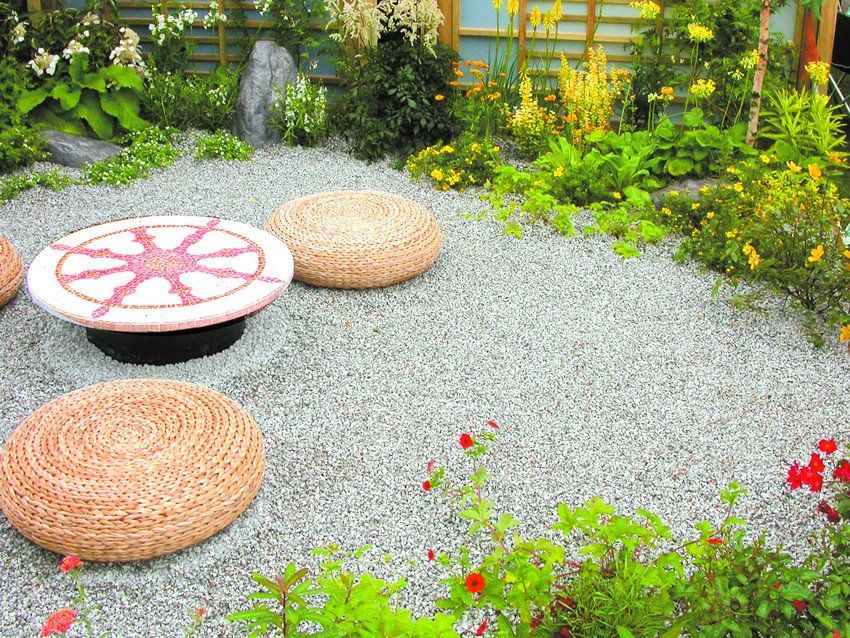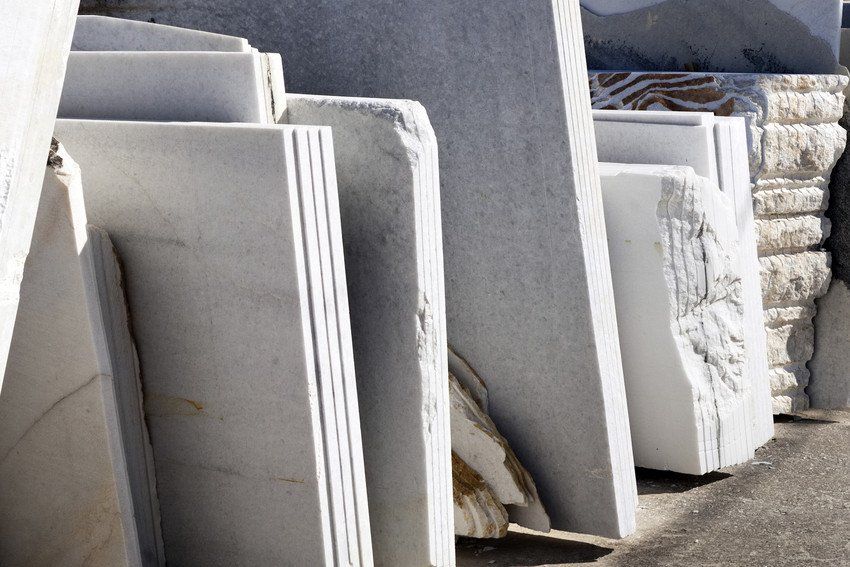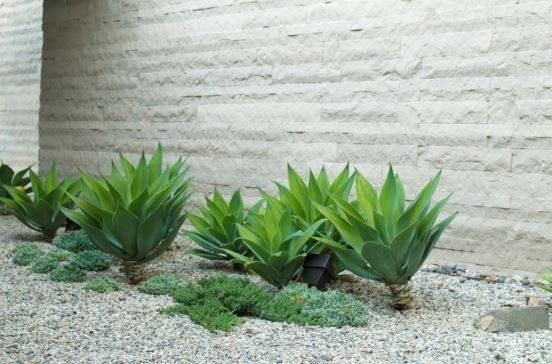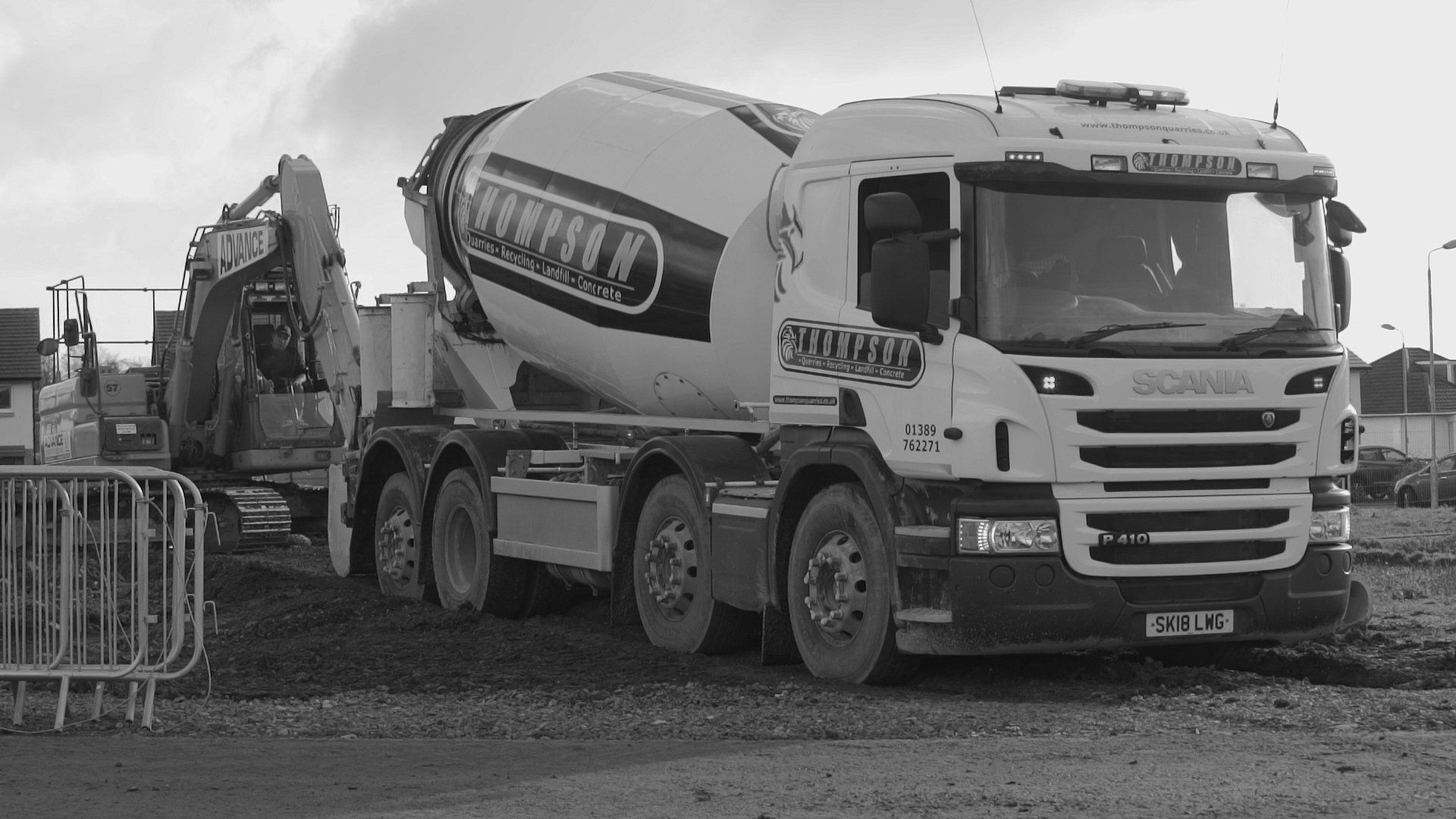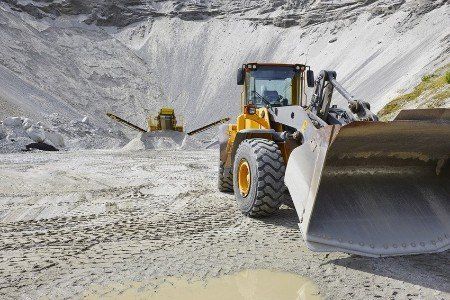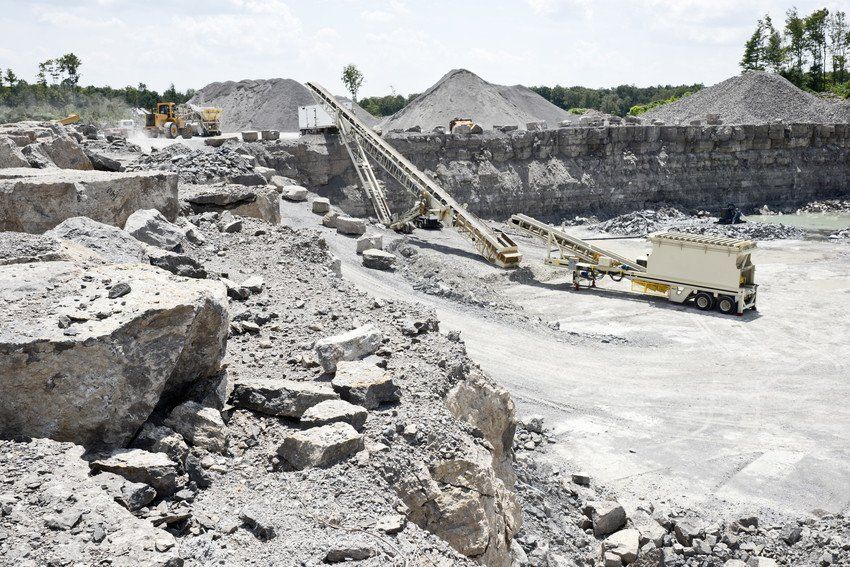Responsible Landfill Solutions for A Greener Countryside
- By William Thompson & Son
- •
- 05 Apr, 2019
- •
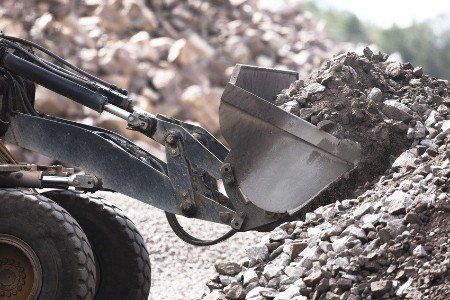
The word currently on everyone’s lips is ‘zero-waste’, and we can understand why. It is widely known that we need to improve our environmental impact, reduce our dependence on finite resources, and find new sustainable ways to live that doesn’t impact our daily lives. The main solution to many of these problems is to change our attitude, and there are many alternatives if we choose to look, yet whilst many of us claim to be environmentalists and be eco-driven, we still have a long way to go. However, every change is a good change, and we are starting to see the results. Such as food and beverage chains changing from plastic straws to paper straws, reduction in single-use plastic consumption and developments in environmental science with new inventions of bioplastic and biodegradable water bottles.
One big issue that we do need to tackle is landfill, and especially how the construction industry contributes to landfill. In the UK, we are running out of space for landfill - so, we really need to find a solution fast. Plus, landfill is not only unsightly, but it contributes to the release of greenhouse gas emissions, water pollution and toxic fumes. Apparently, in 2014, the construction, demolition and excavation industries was responsible for 59% of the annual production of waste that year. Though many recycling and organised waste management systems are in place, a multiplicity of the materials used are in such high demand that they are also detrimental to the environment as the process of mining produces C02, as well as many of the materials not being biodegradable.
Though as landfills are inevitable, it's not all doom and gloom. These two landfill sites below are leading the way in environmentally friendly initiatives and they should be an inspiration to us all.
Sudokwon Landfill - South Korea
Sudokwon Landfill is one of the largest landfills in South Korea, it is estimated that they treat up to 18,000 tonnes of waste per day. However, they specialise in offering a sustainable model for dealing with urban waste.
Waste in the landfill is covered with soil to minimise exposure, reduce stench, block landfill gas and reduce the occurrence of leachate. Leachate is a chemical that helps break down organic matter, but it can pollute the surrounding water. So, the leachate is treated at a liquid facility before being discharged and released back into the environment.
Sudokwon Landfill also houses the world's largest landfill gas power plant. This converts gas from waste into electricity, generating 50 million dollars worth of electricity annually. They also convert 500 tonnes of food waste daily into renewable energy at a biogas plant, and they have future plans to produce solid fuel from sludge and combustible waste to minimise burning or incineration.
Denton Landfill in Texas is the first in the world for installing a new technique for dealing with waste. Since 2009, the landfill has been using a closed-loop waste management system, injecting leachate into rubbish filled plots to speed up the decomposition, then the methane that is released is collected by gas wells to power a generator that supplies electricity to 1,600 homes.
They also champion creating compost using human waste from local sewage and combining it with garden clippings, and their lorries are fuelled with biodiesel.
As illustrated above, having eco landfills is not completely impossible, have a further read below to find out more about other responsible landfill solutions to create a greener and lush countryside.
Tips for Construction Waste Management
First and foremost, to reduce your landfill dependence and become more eco-responsible, you need to have a sound and organised construction waste management system. Especially as some of the materials are considered hazardous.
One of the best ways to do this is by implementing a site waste management plan. A site waste management plan will include how many materials you are planning on using, and how they should be disposed of easily, allowing you to order an appropriate amount of skips to separate your waste from recyclable to non-recyclable. Plus, this will reduce the issue of you over-ordering materials, and you can reuse old materials from past projects and deconstruction. Having a site waste management plan will also allow you to have sustainable recycling and reuse practises at every stage of the construction project.
Recyclable and Green Construction Materials
Another way to create a responsible landfill solution is to change our construction materials to green alternatives.
A few of the main materials that we use in construction is sand, stone, and concrete. Yet especially sand and concrete are detrimental to the environment. Sand is a key component in making cement, and has resulted in a boom in the mining industry - yet many illegal sand mines take place which destroys ecosystems, waterways and beaches. Plus, its relatively cheap nature makes it more popular to mine. Sand mining leads to dried up rivers, threats to biodiversity, collapsing of buildings and destruction of beaches.
On the other hand, after sand is made into cement to create concrete, concrete itself is not a recyclable construction material, plus it wastes lots of water when it is produced and generates C02 emissions. Once the concrete has hardened, it has to be smashed up to be removed safely, creating plenty of dust and noise, and it doesn’t biodegrade. Yet concrete still remains to be one of the most popular construction materials, simply because of its durability and low maintenance.
Yet, there are many environmentally friendly and recyclable alternatives to construction materials, including recycled aggregate and recycled concrete aggregate which is made from demolished concrete buildings. Some more examples are listed below:
Grasscrete - Grasscrete is a great solution for creating sustainable urban drainage into future developments. A green alternative to standard concrete surfaces for driveways and other access roads, it also improves drainage providing stormwater absorption. Consisting of 47% concrete with 53% holes filled with grass, it's a natural bio-filter to remove pollutants.
Hempcrete - Hempcrete is a bio-composite material that is suitable for both construction and insulation. It is made from the interior of the Cannabis Sativa plant and is combined with lime and water. The end result is an airtight, insulative structure that absorbs CO2 emissions. Plus, another added bonus is that hempcrete is mould free, pest resistant and fireproof.
Bamboo - Bamboo is a popular green material that is used in the construction and textile industry. It is easily grown and harvested, making it a cost-effective construction material, plus it is also aesthetic and highly sustainable.
Recycled Plastic - Recycled plastics are one of the most energy-efficient materials as they can last for up to 30 to 50 years.
Wood - For thousands of years, wood has had a major role in constructing buildings. The finished product has lower embodied energy and uses less energy when constructing. However, to make sure you have a true clean conscious, try to source recycled wood.
Ferrock - A carbon-negative cement alternative, ferrock is a greener alternative to standard cement manufacturing methods as it reduces a significant amount of carbon emission when being made. It also is a long lasting material.
Timbercrete - Like grasscrete and hempcrete, timbercrete is a combination of timber waste and concrete. The result is a lighter material that has greater strength and insulation. Timbercrete is also bushfire proof so allows for minimal heat transfer, and it is user-friendly - so it can be nailed, screwed and sawn easily.
Using these materials as well as creating a good waste management system will certainly lessen your construction sites environmental impact, ultimately creating less demand for landfill sites.
W M Thompson and Son: Reliable Quarry Services.
From cement mixers, to ready mixed cement, landfill and recycled aggregates, here at W M Thomspon and Son, we know a thing or two about construction projects. And, we also know how to make your construction project greener. We provide a range of quarrying services to a variety of clients around Scotland, and create customised solutions to make your construction project more sustainable. Contact us today to find out more.
